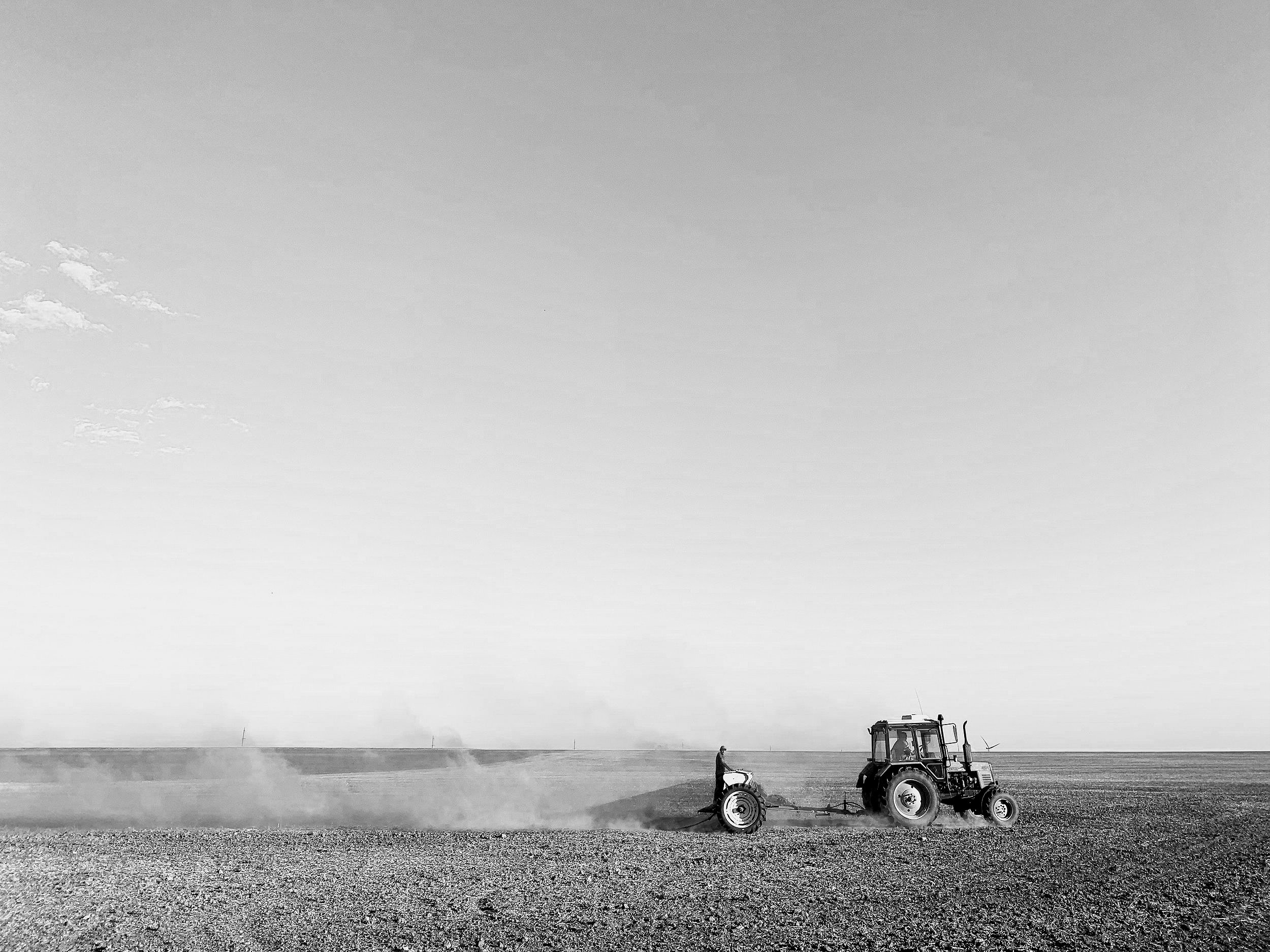
Designing property management to scale for grower operations
Cropwise Financials is a farm management product that allows farm owners to understand their organization’s ROI. We conducted a redesign simplifying property management workflows to optimize how users onboard, leading to over 1,000 new users and the company reaching a milestone of 200 million digitally connected acres.
THE BUSINESS CHALLENGE
How do we fix product workflows to enable onboarding new customers?
Stakeholders felt that basic workflows necessary to using Cropwise Financials were too difficult to use, which jeopardized the business’s ability to adopt new customers. Our goal was to identify and resolve critical issues before the product was taken to growers.
USER RESEARCH
Testing reveals property management doesn’t scale to support farm operations
We identified the key onboarding workflows critical to enabling customer success within the product. The question we needed to answer was, “can growers successfully create a farm to begin calculating the ROI on their fields?”
After conducting 10 usability tests with growers resulting in a 60% failure rate, we concluded that the tools for creating, navigating and organizing properties did not scale to support the needs of growers. Complex field structures could not be supported and the organization of seasonal data did not match grower expectations.
PRODUCT OBJECTIVES
Improve property management to enable onboarding
Our target was to improve property management workflows to enable an intuitive onboarding experience for growers. With these 3 improvements, property management could successfully support large scale farm operations.
OUR APPROACH
Contextualize product data and simplify workflows
There were many interconnected issues with property management, but it came down to ensuring growers had the ability to view and apply their data in the context that best represented their farm operations. We learned growers operate in seasonal timeframes and expect their data to reflect that, so our team ran a workshop to identify where in the product we needed to improve data management. From there, we restructured our property workflows and navigational patterns to support that.
Split off creation workflows for increased flexibility
We separated the steps for drawing fields and crop zones to give growers more control in how complex field structures could be built. We also emphasized uploading mass amounts of shape files to save time in field creation since growers usually reuse this information across multiple agriculture tools.
Redesign architecture to simplify navigation
In order to reduce navigational complexity, we redesigned the information architecture to increase the visibility of the entire farm and streamline navigation through the different farm levels. This would help users understand the context of where they were at all times.
THE SOLUTION
Flexible property creation supports different farm structures
We allowed growers to create fields without crops or with multiple crops in the same flow by segmenting the steps and enhancing usability. If they didn’t want to draw, we allowed them to upload field shape files which substantially decreased the time it took to create a virtual farm.
Scalable property navigation enhances field discoverability
Our simplified “Farm Field Tree” navigation provided growers with greater visibility and context into their entire farm structure and easily allowed them to navigate and drill into those levels in a streamlined way.
Season filter contextualized field and operational data
Introducing a global season filter gave growers more control over what relevant information they wanted to see. It contextualized all their data in a format that aligned with their operational workflows and gave them the ability to view activities from previous seasons to understand changes in financial performance.
Scaling properties on the iOS app
We used the same design approaches for mobile, but needed to apply them for the unique needs of the native iOS app. Growers had fewer issues creating fields in mobile, but we needed to support crop zone creation, multi crop fields and switching seasonal context.
BUSINESS IMPACT
Over 1,000 new signups and 200 million acres reached
We allowed growers to create fields without crops or with multiple crops in the same flow by segmenting the steps and enhancing usability. If they didn’t want to draw, we allowed them to upload field shape files which substantially decreased the time it took to create a virtual farm.















